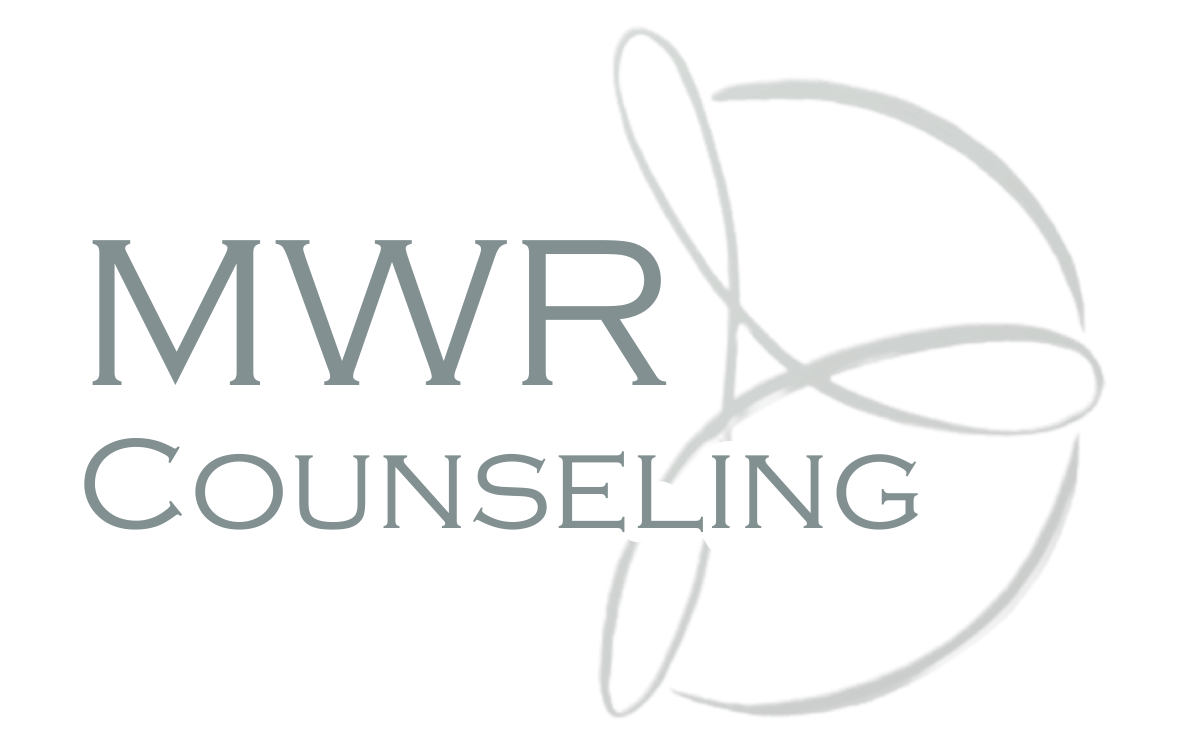Exposure and Response Prevention (ERP) Therapy for OCD and anxiety disorders
Exposure and Response Prevention (ERP) Therapy is a type of Cognitive Behavioral Therapy that is proven to be highly effective in the treatment of Obsessive Compulsive Disorder, Social Anxiety Disorder, and other anxiety disorders.
The Exposure in ERP refers to exposing yourself to the thoughts, images, objects and situations that make you anxious and/or start your obsessions. While the Response Prevention part of ERP, refers to making a choice not to do a compulsive/avoidance behavior once the anxiety or obsessions have been “triggered.”
That said, this strategy of purposefully exposing yourself to things that make you anxious may not sound quite right to you. If you have an anxiety disorder, you have probably tried to confront your obsessions and anxiety many times only to see your anxiety skyrocket. With ERP, the difference is that when you make the choice to confront your anxiety and/or obsessions you must also make a commitment to not give in and engage in the compulsive/avoidance behavior. When you don’t do the compulsive behaviors, over time you will actually feel a drop in your anxiety level. This natural drop in anxiety that happens when you stay “exposed” and “prevent” the compulsive “response” is called habituation.
Another Way To Think About ERP:
Think of your anxiety as an alarm system. If an alarm goes off, what does it mean? The alarm is there to get your attention. If an intruder is trying to break into your house, the alarm goes off, wakes you up, gets you to act. To do something. To protect yourself and your family. But, what if the alarm system went off when a bird landed on the roof instead? Your body would respond to that alarm the same way it would if there were an actual threat such as an intruder.
Anxiety disorders can take over your body’s alarm system, a system that should be there to protect you. But instead of only warning you of real danger, that alarm system begins to respond to any trigger (no matter how small) as an absolute, terrifying, catastrophic threat.
When your anxiety “goes off” like an alarm system, it communicates information that you are in danger, rather than “pay attention, you might be in danger.”
Unfortunately, with an anxiety disorder, your brain tells you that you are in danger a lot, even in situations where you “know” that there is a very small likelihood that something bad might happen.
Now consider that your compulsive behaviors are your attempts to keep yourself safe when that alarm goes off. But, what does that mean you are telling your brain when you engage in these behaviors? You are reinforcing the brain’s idea that you must be in danger. A bird on the roof is the same as a real intruder breaking into your home.
In other words, your compulsive behavior fuels that part of your brain that gives out these many unwarranted alarm signals. The bottom line is that in order to reduce your anxiety and your obsessions, you have to make a decision to stop the compulsive behaviors.
However, starting Exposure and Response Prevention therapy can be a difficult decision to make. It may feel like you are choosing to put yourself in danger. It is important to know that Exposure and Response Prevention changes your brain. You begin to challenge and bring your alarm system (your anxiety) more in line with what is actually happening to you.
ERP services at MWR Counseling are provided by Annika Menges, Erin Thiemann, Megan Rose, or Shannon Wilson.
**This information about ERP has been taken and slightly adapted from the International OCD Foundation Website. Please visit their site for additional information, resources, and support at www.iocdf.org..***




